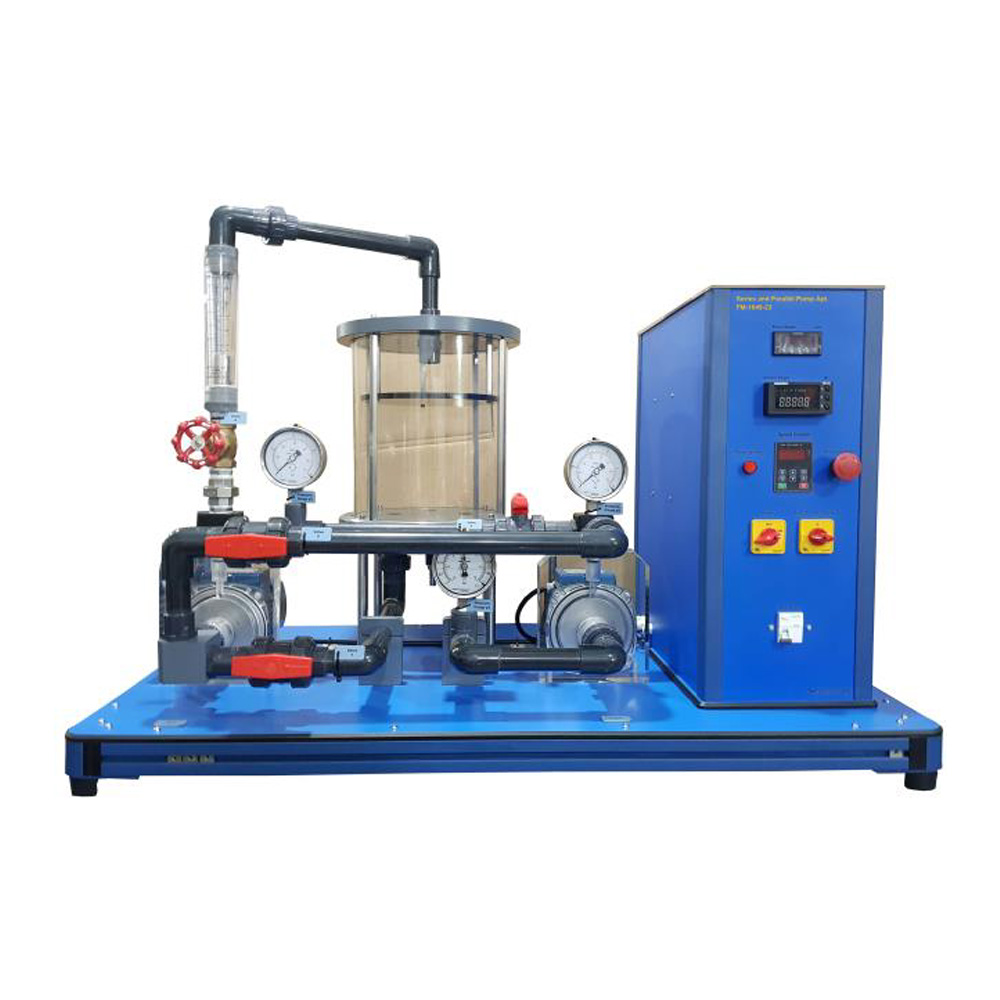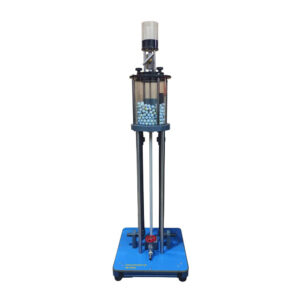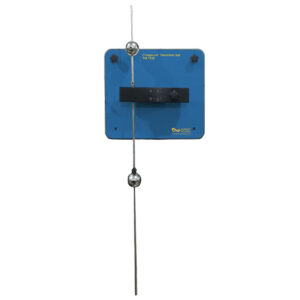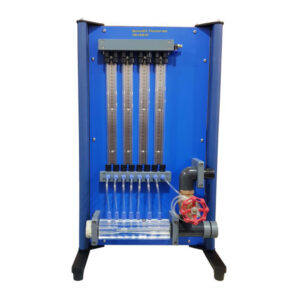Pumps are used in almost all aspects of industry and engineering from feeds to reactors and distillation columns in chemical engineering to pumping storm water in civil and environmental.
They are an integral part of engineering and an understanding of how they work is important. Centrifugal pump is one of the most widely used pumps for transferring liquids. This is for a number of reasons. Centrifugal pumps are very quiet in comparison to other pumps. They have a relatively low operating and maintenance costs. Centrifugal pumps take up little floor space and create an uniform and non-pulsating flow. The Serial & Parallel Pump apparatus is specially designed to demonstrate to students the operating characteristics of centrifugal pump in series, parallel or single pump operation. This training unit operates in close loop.
This equipment will explore the relationship between pressure head and flow rate of a single pump and of two identical pumps that run in series or in parallel. When identical pumps run in series, the pressure head is approximately doubled but the flow rate remains the same. When pumps are run in parallel the flow is increased but the pressure head produced is approximately the same as a single pump. This equipment also allows the study of efficiency of a pump. The energy in this experiment is put through two transformations. First, the electrical energy, which is the energy put into the system, is transferred to mechanical energy, which is the energy required to move the shaft and impeller. Second, the mechanical energy is transferred into energy of the fluid. This is accomplished through the pump rotation, which transfers the velocity energy of the water to pressure energy. The overall efficiency is the product of the mechanical (shaft) efficiency and the thermodynamics efficiency.




